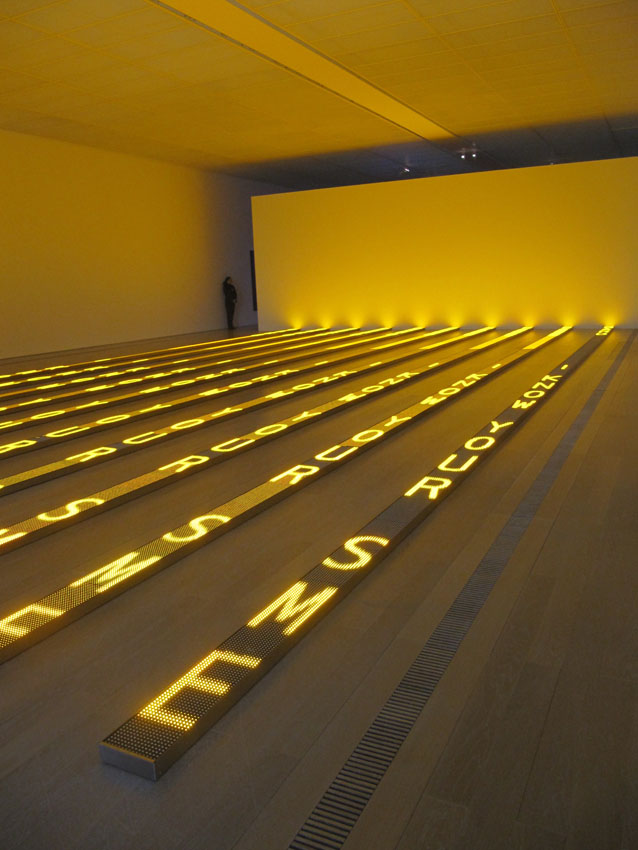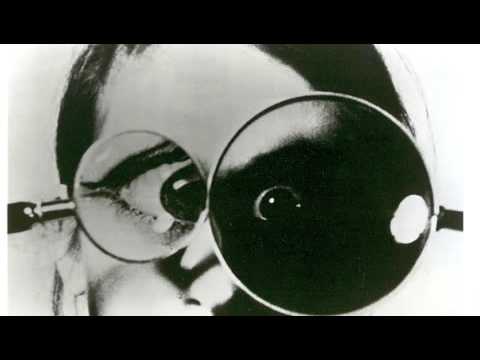
Yves Netzhammer
The exterior view of the figure and “point of view shot” are synchronised onto two projection surfaces. If a protagonist leans his head it shifts the observer’s view correspondingly. Observer, figure and object all interact. Netzhammer is not only a master of the erotic of touch, his images awaken unease: they show decay and perishability as well as regularity in the flow of life, which the subject cannot escape, much as expansion and transcendence are desired.
.
A visão externa da figura e o “ponto de vista” são sincronizados em duas superfícies de projeção. Se um protagonista inclina a cabeça, ele muda a visão do observador de forma correspondente. Observador, figura e objeto interagem. Netzhammer não é apenas um mestre do erótico do tato, suas imagens despertam desconforto: mostram decadência e perecibilidade, assim como regularidade no fluxo da vida, da qual o sujeito não pode escapar, por mais que se deseje expansão e transcendência.











